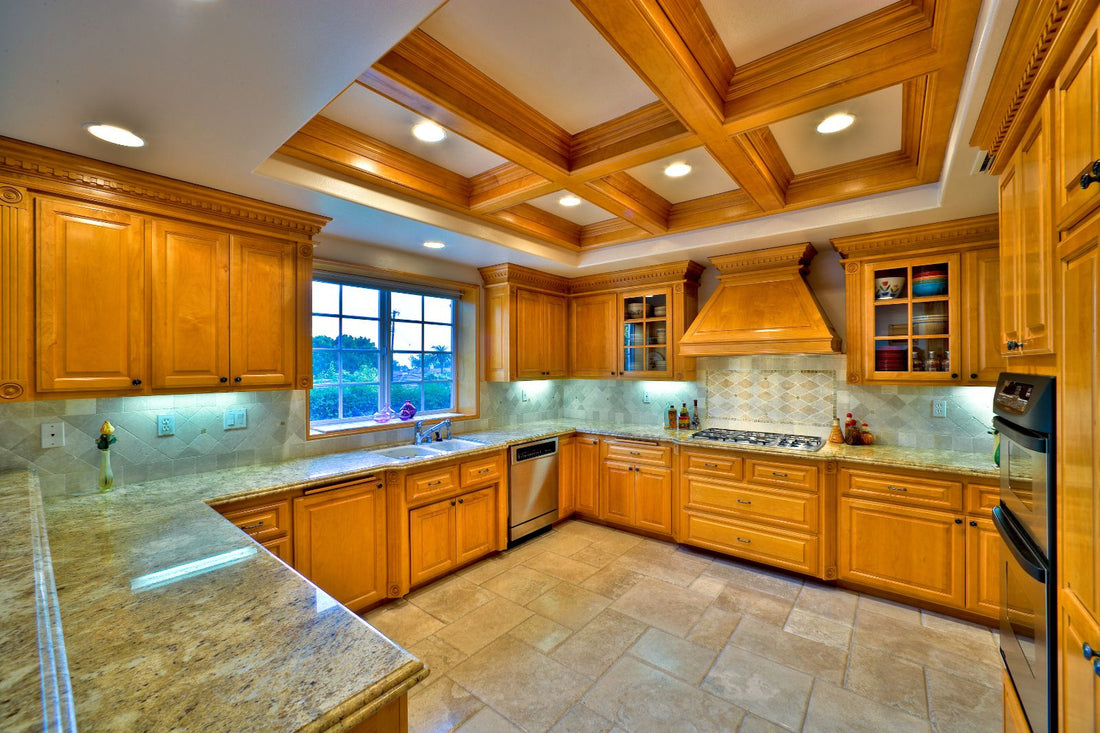
Mastering the Art of Spacing: A Buyer's Guide to Recessed Light Placement
Choosing the right spacing and placement for recessed lights is crucial to achieve balanced and effective illumination in a room. Whether you're designing a new lighting layout or upgrading an existing one, here's a comprehensive guide to help buyers determine the optimal spacing and placement for recessed lights:
Understand the Room's Purpose:
- General Lighting: For even, ambient lighting, aim for uniform spacing throughout the room.
-
Task Lighting: Concentrate lights in areas where specific tasks, such as reading or cooking, will be performed.

Calculate the Room's Square Footage:
-
Measure Length and Width: Multiply the length and width of the room to find the total square footage.

Determine Wattage and Lumen Requirements:
- Wattage: Decide on the total wattage needed based on the room's function and size.
-
Lumen Output: Consider the desired brightness level and choose bulbs with an appropriate lumen output.

Select the Right Beam Angle:
- Wide Beam Angle: Use in larger rooms for broad coverage.
-
Narrow Beam Angle: Ideal for highlighting specific features or creating focused pools of light.

Spacing Guidelines:
- General Spacing: A common guideline is to space lights at intervals equal to half the room's height. For an 8-foot ceiling, this would be approximately 4 feet.
-
Adjust for Higher Ceilings: Increase spacing for higher ceilings to maintain uniform illumination.

Avoid Overlapping Light Patterns:
- Ensure Even Illumination: Overlapping light patterns can create uneven lighting. Adjust spacing to avoid this issue.
Consider Wall Washing:
- Perimeter Lighting: To enhance the room's perception of space, consider placing recessed lights around the perimeter to "wash" the walls with light.
Create Focal Points:
-
Artwork or Features: Position lights to highlight artwork, architectural features, or specific areas of interest.

Account for Furniture Placement:
- Living Rooms: Space lights evenly, considering the layout of furniture to avoid shadows or overly bright spots.
Avoid Placing Lights Too Close to Walls:
- Wall Shadows: Placing lights too close to walls can create shadows. Aim for a balance between wall spacing and even illumination.
Use Adjustable Fixtures for Flexibility:
Experiment with Layouts:
-
Mock Layouts: Before installation, experiment with a mock layout using temporary lights to visualize the effects.

Seek Professional Advice:
-
Consult a Lighting Designer: For complex layouts or unique spaces, consider seeking advice from a professional lighting designer.

Install Dimmer Switches:
-
Control Brightness: Install dimmer switches to adjust the brightness of the lights based on different needs and occasions.

Consider the Room's Color Scheme:
-
Light and Dark Colors: Dark colors absorb more light, so adjust spacing and brightness accordingly in rooms with dark-colored walls or furnishings.

Determining the right spacing and placement for recessed lights involves a careful consideration of the room's purpose, size, and features. By following these guidelines and experimenting with layouts, buyers can create a well-lit and visually appealing environment tailored to their specific needs.







